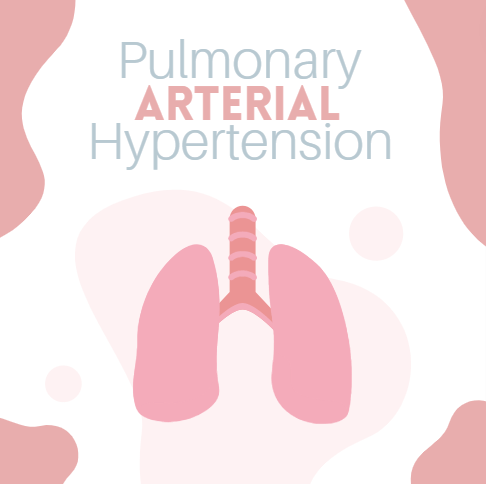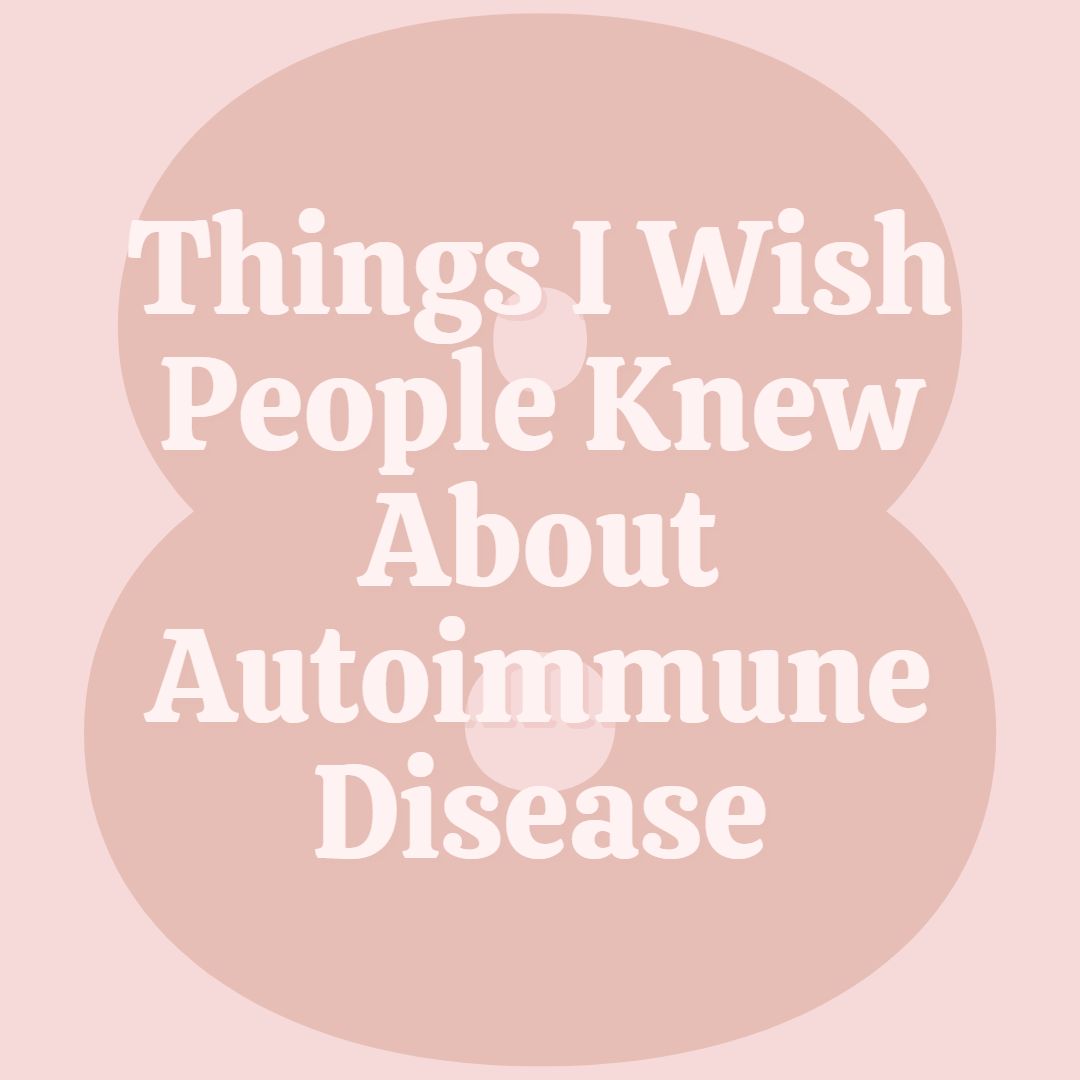This is a loaded question, and takes a lot of explanation. Bear with me here. Pulmonary hypertension affects both the heart and the lungs. The primary issue is that the arteries in the lungs become narrowed and stiff. This can be caused by several different factors, but in my case it is a combination of blood clots and autoimmune disease. I am so special and rare (I’m being facetious), there is no one exact cause of my PAH to make it easy to diagnose and treat. I have scarring from residual, and still present, blood clots in my lungs and also narrowing likely related to Sjogren’s syndrome.
This means the same amount of blood is being pumped through narrowed pipes, increasing the pressure through the arteries. The right side of the heart is responsible for taking deoxygenated blood from your body and bringing it to the lungs to pick up oxygen before returning to the left side of the heart. In cases of PAH, the right side of the heart has to work significantly harder to push the blood into the lungs since the pressure is elevated. This causes damage to the right side of the heart which can cause a number of issues on its own. Are you completely lost yet?
Here is somewhat of a visual:

My PAH Symptoms
Shortness of Breath
Rapid Heart Rate, even at rest
Chest Pain
Heart Palpitations
Fatigue
There is no cure for PAH. Treatment includes invasive medications with significant lifestyle changes. This is a life changing diagnosis. PAH used to be a death sentence, but fortunately there are more defined treatment options thanks to modern medicine.
PAH is a serious, progressive illness. It is very rare, and often takes 2-3 years for an accurate diagnosis. It took me 3 years to get a diagnosis, when I had shown objective and subjective signs from year 1, day 1. It is not that uncommon to occur in the younger population as well. Some of the symptoms, such as shortness of breath, are vague and can be assumed to be related to other causes. It is important to find a specialist that treats PAH when choosing your provider. To learn more about PAH and the signs/symptoms visit the Pulmonary Hypertension Association.
Managing My PAH
Did I mention I was stubborn? Learning I was in heart failure was a big setback for me, and honestly incredibly scary. How did I not know I was in heart failure?! I was just so used to living with these symptoms, I had a new normal to relate to.
Now, I try to keep track of how I feel with every task to know if I am getting better or worse. It is hard to determine what your boundaries are when you want to conquer everything.
Living with PAH
Sleep with oxygen
Check Heart Rate and Oxygen Saturation on Apple Watch
Rest when feeling heart palpitations or chest pain
Perform Gentle Exercise without excessive increase in heart rate
Take Medications 3x a day
Monitor Subcutaneous pump medication
This is just one of my chronic illnesses. That is why this is the most life changing, and also life threatening! I am unable to work my dream job and career as a physical therapist. I can’t even get the clothes out of the dryer without getting out of breath. I am still coping with this extreme lifestyle change, but I am determined to do my best to heal.
Lesson learned: Never let anyone dismiss your symptoms. You know your body best, keep searching for answers




2 thoughts on “What is Pulmonary Hypertension (PAH)?”